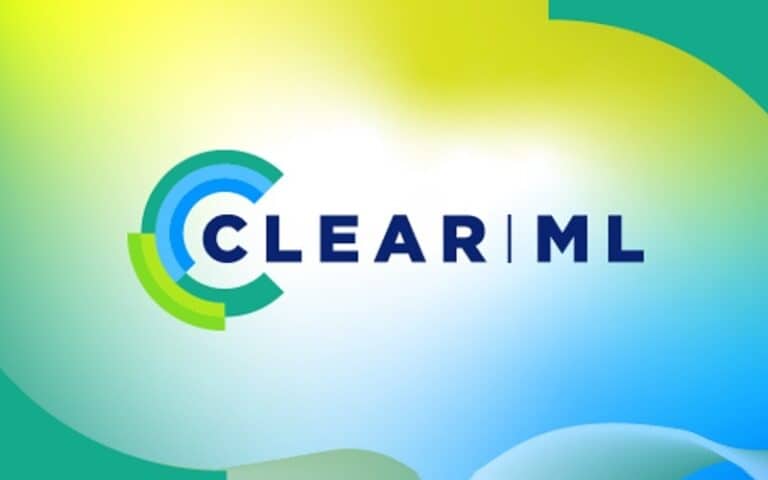ClearML is (as the name might suggest) an open source free-to-use platform for developers to build machine learning products. The platform has over 250,000 developers globally as of now and the firm is (perhaps predictably) moving with the industry to make sure its services manage not just machine learning development but also the wider spectrum of AI technologies and, increasingly, generative AI. ClearML CEO Moses Guttman (who is also on the board of the AI Infrastructure Alliance) explained how a platform like his can evolve to work with the new (often massive and complex) world of generative AI when it originated before this time of generative AI hyper-growth.
Given that capitalisation-focused GPU company Nvidia is working on its still-pending acquisition of Run.ai (the Kubernetes-only orchestration for AI workloads), there have been discussions about market monopolies and vendor lock-ins in this space. Some critics have argued that this acquisition could limit Run.ai’s chip support exclusively to Nvidia, thereby raising antitrust concerns in an already concentrated market. Guttman explains what ClearML is trying to offer given the environment.
Risk of singular orchestration framework
“To stay competitive, businesses must scale their AI operations quickly and efficiently while future proofing their investments and AI Infrastructure,” said Guttman. “They need agnostic, open-source solutions that can adapt to their evolving needs without being locked into specific vendors, AI chips, cloud providers, AI/ML frameworks, or closed-garden technologies.”
In response to these industry dynamics, ClearML has launched what it is calling an AI Infrastructure Control Plane, presenting what it suggests is a potential alternative to the constraints posed by solutions like Run:ai. It calls the AI Infrastructure Control Plan “a universal operating system for AI infrastructure” today.
According to Guttman, AI deployments are becoming more complex, spanning cloud, edge computing, air gapped and on-premises data center infrastructure at a massive scale. Effectively managing and orchestrating these deployments requires an advanced end-to-end product, like ClearML’s AI Infrastructure Control Plane, argues the company. With it, developers get orchestration, automation and scheduling to enhance performance both at the system level and across the underlying AI infrastructure and tech stack.
With its product update, ClearML emphasises the open source nature of its platform, which is intended to allow for collaboration and innovation.
AI infrastructure management democratisation
“Software engineers can now use ClearML to gain control over their organisation’s AI infrastructure management and maximise optimisation, down to a fraction of a GPU,” insisted Guttman. “Developers can build, train and deploy AI and ML models at enterprise scale on any AI infrastructure. They can work on shared data and build models seamlessly from anywhere in the world on any AI workload, compute type, or infrastructure – regardless of whether they’re on-prem, cloud, or hybrid; with Kubernetes, Slurm, PBS, or bare metal; and any type of GPU. We’ve made the easiest solution for managing computing clusters for AI and HPC workloads.”
With its open source framework and agnostic capabilities, the team say that ClearML is set up to empower AI builders (not a de facto industry term, but it works so perhaps it should be) with the tools they need to create rather more freely and then also optimise their resources and drive progress in a market dominated by chip, cloud and platform giants.
Leave out the lock-ins
“Our new AI Infrastructure Control Plane enables organizations to fully leverage their AI infrastructure and GPU resources, ensuring optimal performance and cost-effectiveness at industrial scale,” said Guttmann, in a press release. “This new solution is vital as the demand for compute power rises, enabling our customers to innovate without barriers or lock-ins and scale efficiently.”
As organisations grow and their AI workloads increase, ClearML’s developers promise that the AI Infrastructure Control Plane will scale competently. As the battle arena for AI compute resources continues to rage on, freedom of AI infrastructure may be one of the factors that enable the gladiators in this zone to keep a stable foothold and avoid the lions.
